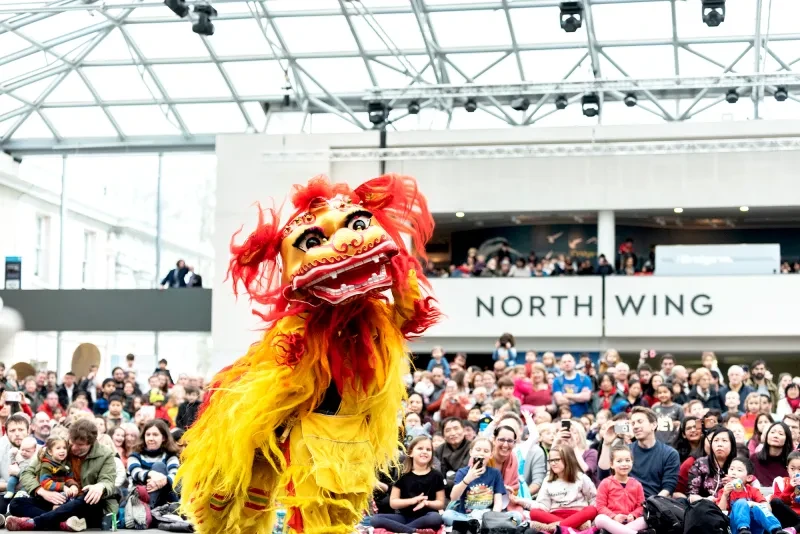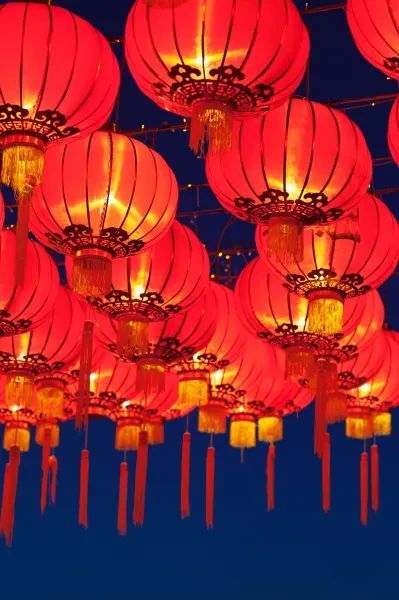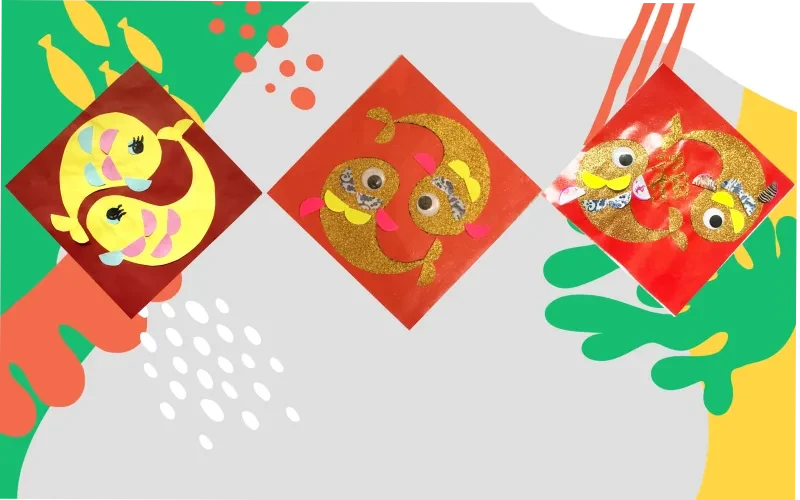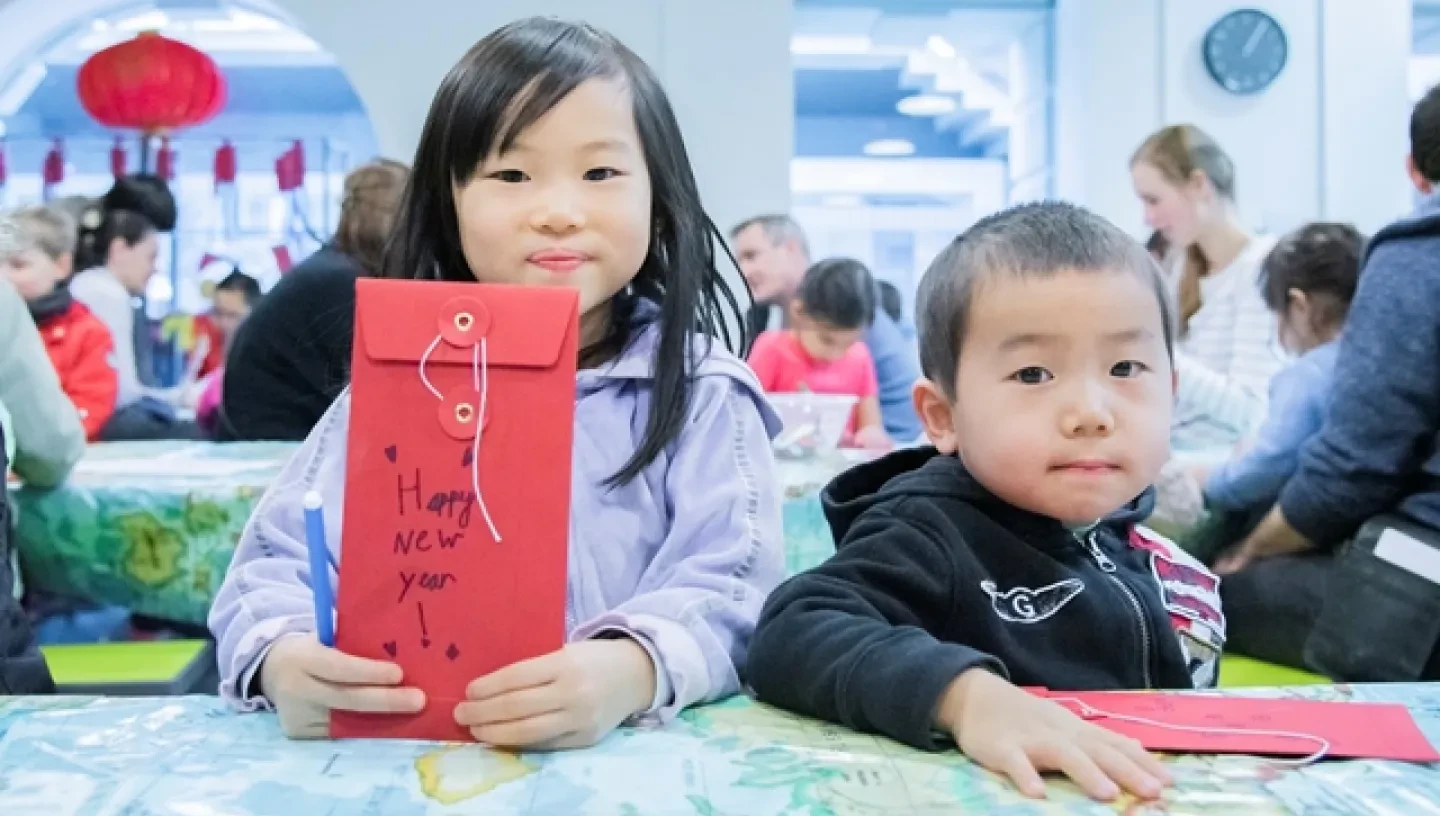
Many cultures celebrate the Lunar New Year and for some, this includes the giving of red envelopes.
In Mandarin, these are called Hong Bao, but other languages have different names for them.
| Cantonese | Lai see |
| Vietnam | Li xi |
| Cambodia | ang pav or tae ea |
| Philippines (Chinese Filipino) | Ang pao |
In China, the envelopes are traditionally given to children and young adults as a gift. The envelopes are red to symbolise good fortune and prosperity for the coming year, and traditionally contain money.
Variations on the red envelope
However, other countries have variations to this tradition.
In South Korea, for instance, the envelopes are white. In Japan they may be white or they may be decorated.
The origins of the Hong Bao
It is not known where or how the tradition began, but it may date back to a Qin-Dynasty (221 - 206 BC) custom where coins were threaded together on red string to ward off sickness.
Another story tells how a demon would visit the homes of children on New Year's Eve and touch their forehead three times, making the child very poorly. One New Year's Eve, two parents gave their child eight coins wrapped in red paper to play with, hoping this would keep the child awake through the night and protect them from the Demon. When the Demon entered the room and tried to touch the child's forehead, bright light came from the envelope and scared the Demon away. The story spread through the village and from then on, families wrapped coins in red paper on New Year's Eve to protect their children.
Spreading the envelope-giving custom
More recently, the custom of giving envelopes has been taken on by other cultures.
For instance, Malay Muslims in Malaysia, Brunei, Singapore and Indonesia give out green envelopes for Eid al-Fitr. In Singapore and Malaysia, the local population give out purple envelopes for Deepavali.
In this activity, try your hand at some simple origami (paper folding) to create your own red envelope inspired by the hong bao.
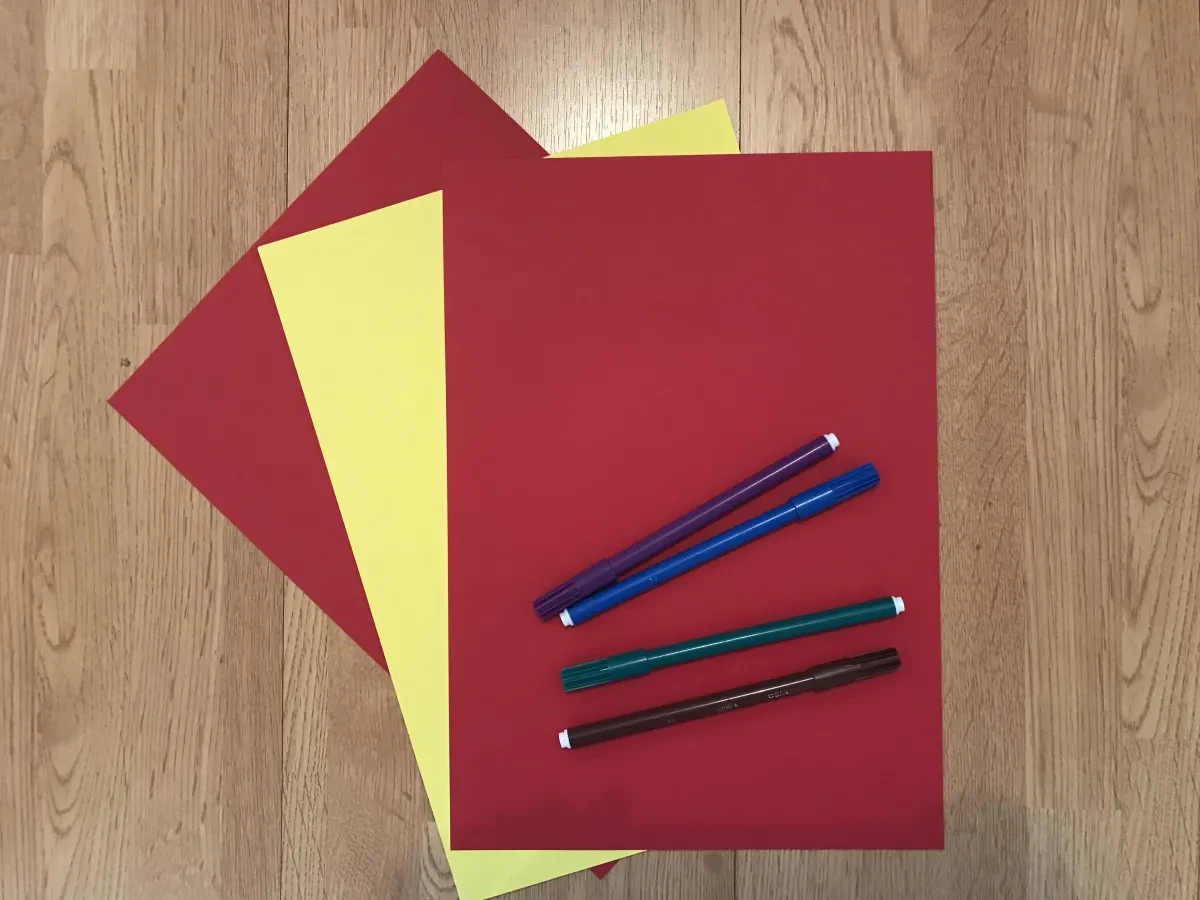
You will need:
Three pieces of paper in two colours. We have used red and yellow, but you can use any colours
Optional – pencils, pens or crayons to decorate
Fill your hong bao
To add a gift to your hong bao, unfold everything and return to step 1. Place your flat gift in the centre and redo the folds around it.











